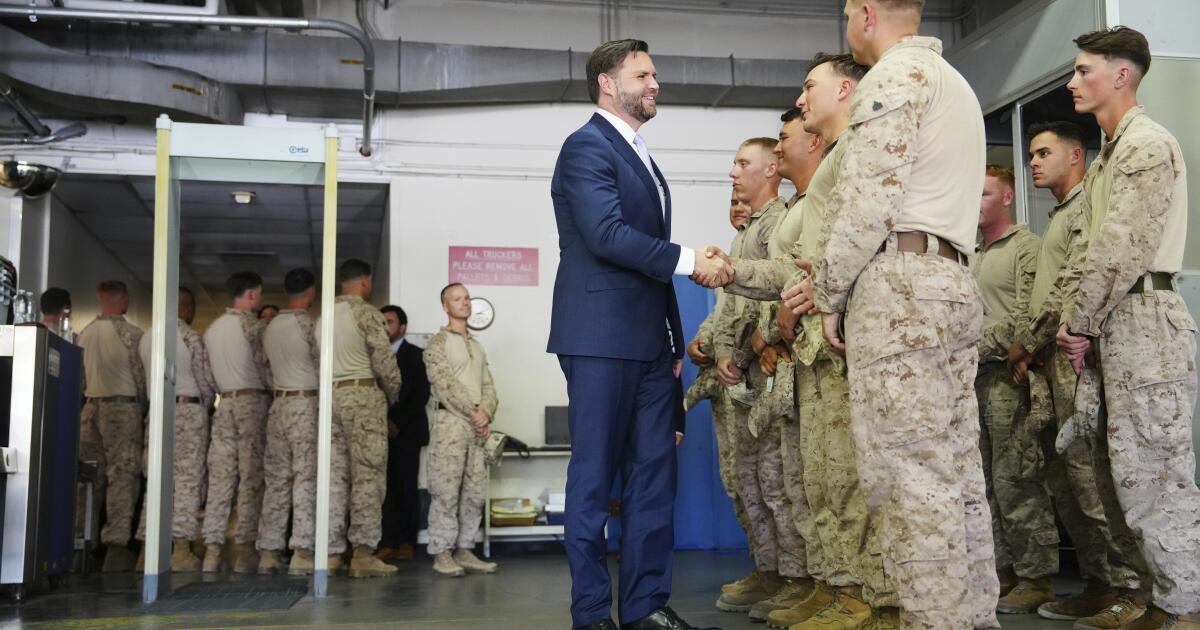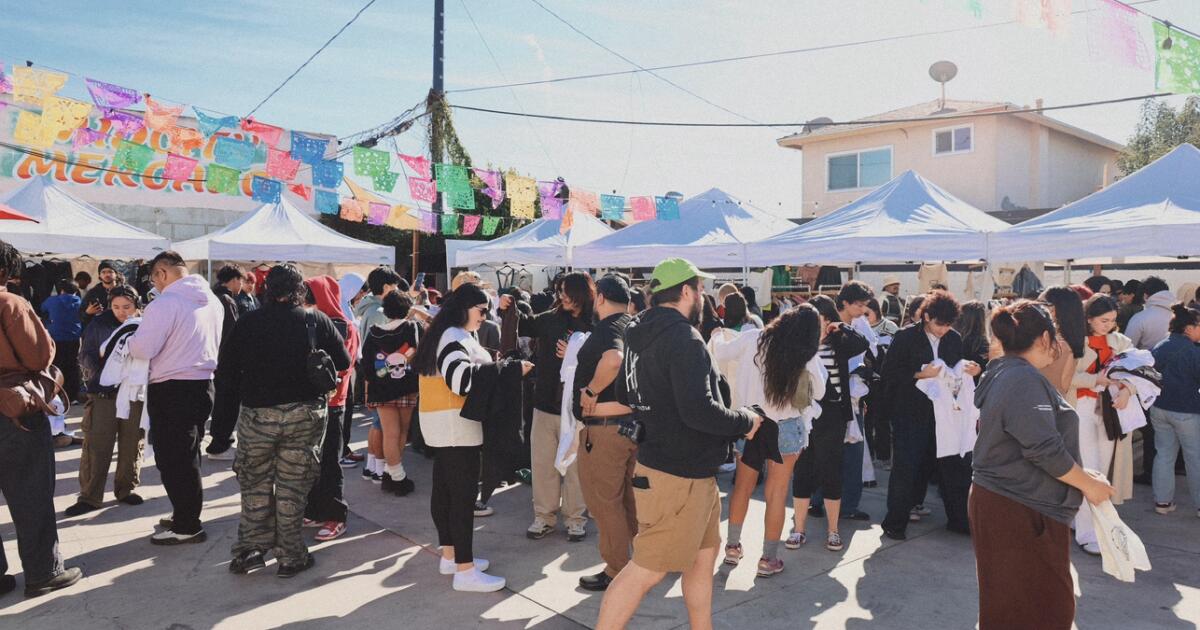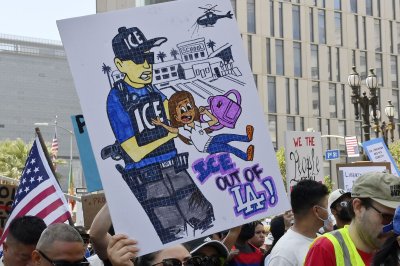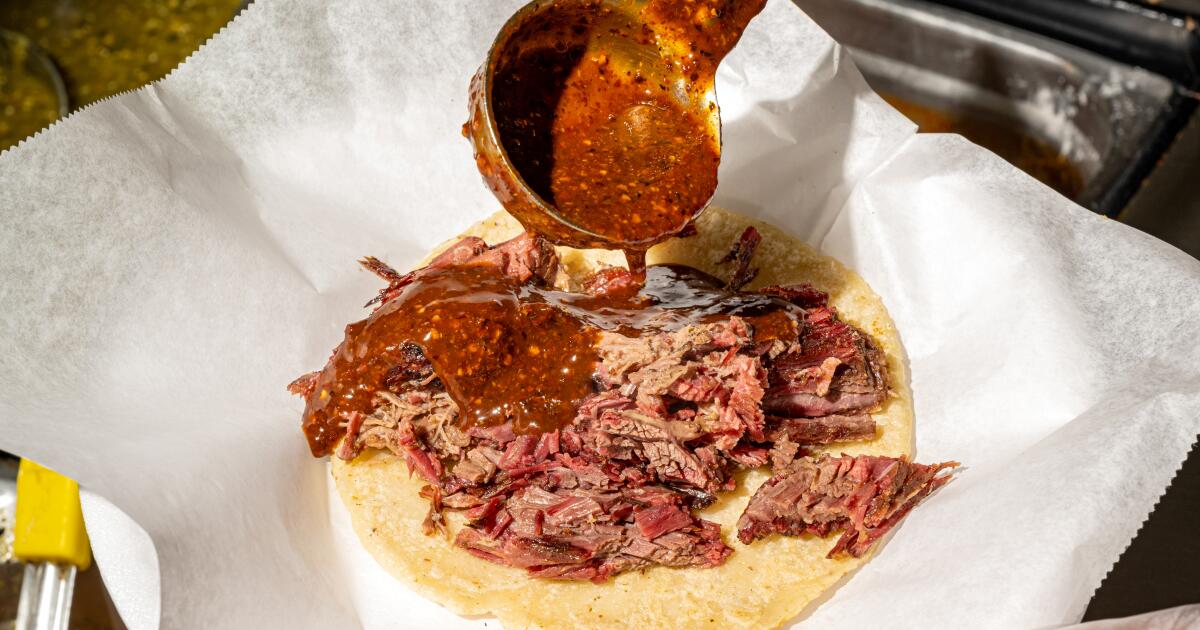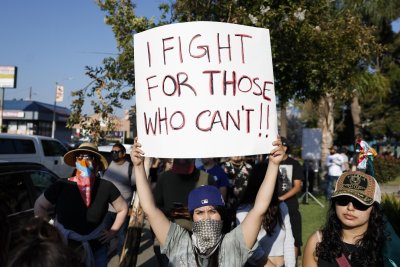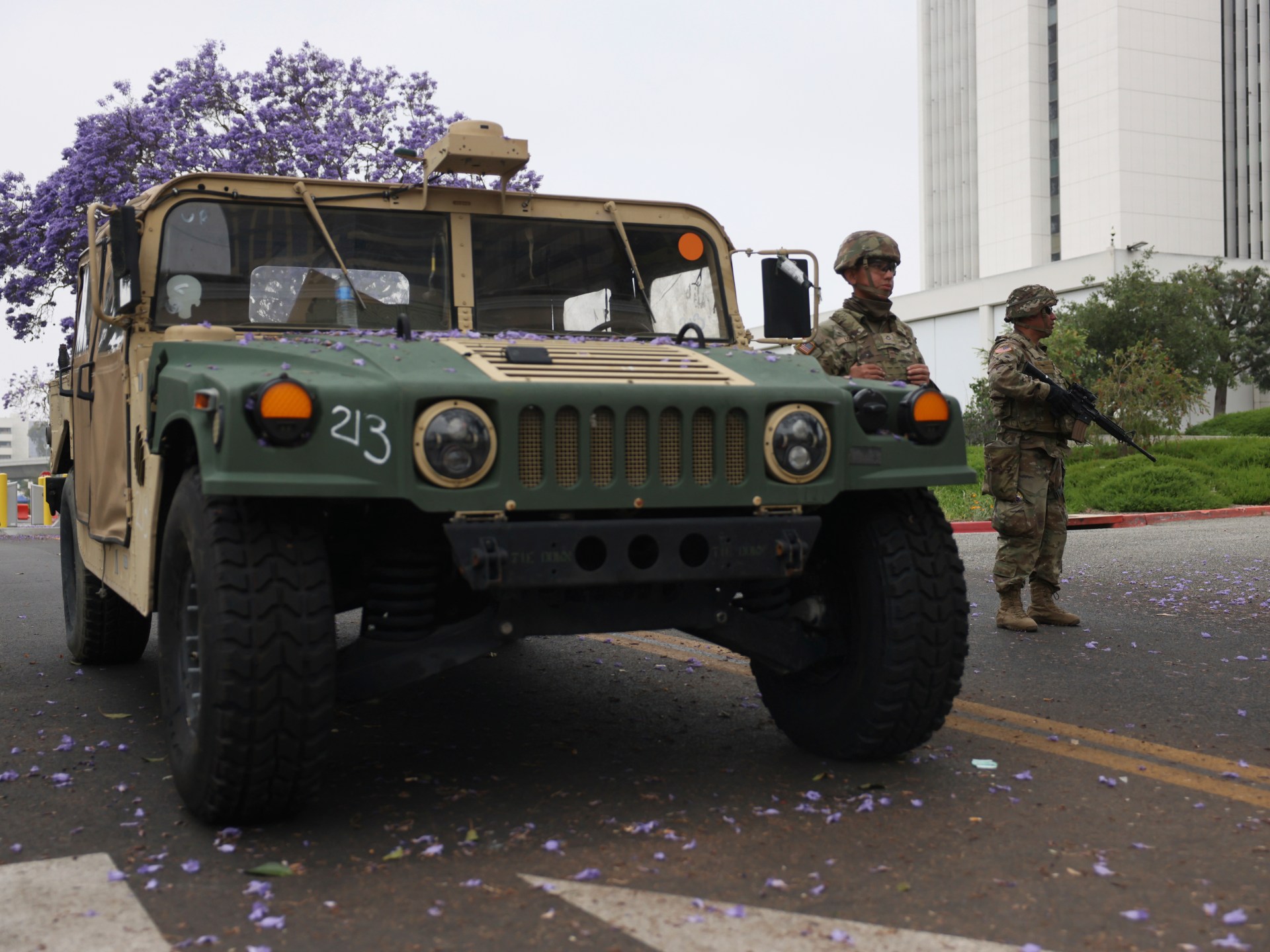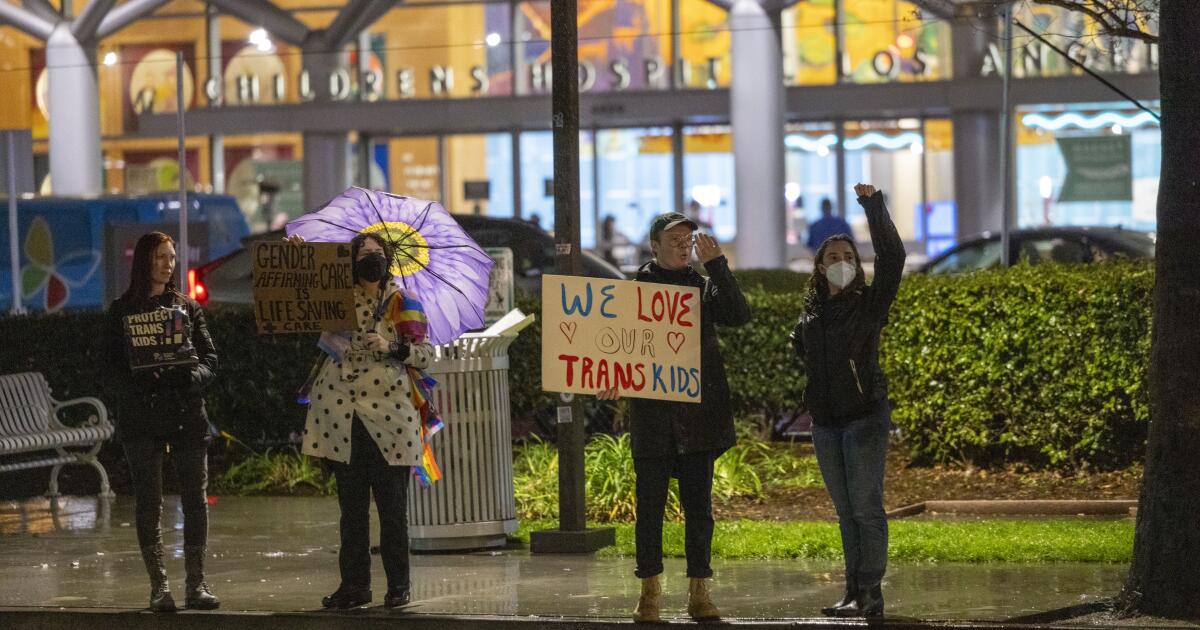How Erewhon became a Los Angeles tourist destination
When William Rath mapped out his post-law school trip to Los Angeles in May, his itinerary included the city’s quintessential landmarks: gazing up at the Hollywood sign from Beachwood Canyon, taking a celebrity homes tour, scanning the Pacific Ocean for whales off the coast of Long Beach. But amid these classic stops, one destination rose above the rest. Erewhon, the luxury grocer, was a nonnegotiable — not for its groceries, but for the clout, the curiosity and the spectacle.
Rath, a freshly minted graduate from the University of Oregon and influencer, made his pilgrimage to the Beverly Hills location, the gleaming wellness emporium nestled just steps from Rodeo Drive, where Hailey Bieber’s Strawberry Glaze Skin Smoothie routinely draws queues 20-people deep. Unable to find a seat outside, he retreated to his rental car in the shade of a nearby parking garage, and filmed a TikTok review.
“TikTok was the main reason I went. It’s always been on my ‘For You’ page,” says 25-year-old Rath. “I always see a lot of influencers going there and trying different things. It’s a big trend, and it hasn’t stopped.”
Once the domain of wellness devotees and Hollywood insiders, Erewhon has transformed into something more universal: for some, it’s their local grocery store, but it’s also now a bucket list tourist destination. Like the Hollywood Walk of Fame or the Getty Museum, the upscale grocer draws out-of-town visitors in search of not just sustenance, but status — a smoothie, a snapshot and social media proof they were there.

Hailey Bieber’s Strawberry Glaze Skin Smoothie ($20) attracts tourists to Erewhon.
(Dania Maxwell/Los Angeles Times)
Aspiration defines much of Erewhon’s appeal. In an era when tourists seek experiences as much as landmarks, the store offers something singular: a way to sample a certain kind of shiny L.A. life. It’s wellness as entertainment, grocery shopping as status symbol. Some tourists are just people on vacation there to gawk, while others are influencers there for content.
“It’s a cultural moment,” says Christina Basias, 36, who has checked out Erewhon’s Santa Monica, Venice and Silver Lake locations when traveling from New Jersey with wife Alexis Androulakis, 38. When they go, the beauty product educators and entrepreneurs scope out new product trends and wellness ingredients that haven’t yet hit mass retailers. “At least 40% of what I see at Erewhon, I can’t find anywhere else,” Androulakis adds.
Founded in 1966 by macrobiotic pioneers Michio and Aveline Kushi, Erewhon began as a natural foods stall in a Boston market before opening a location in L.A. in 1969. The pair borrowed the store’s name, an anagram of “nowhere,” from Samuel Butler’s 1872 satirical novel of the same name, which centered on a utopia where illness is considered a crime. After Tony Antoci and his wife Josephine acquired the brand in 2011, the stores became sleeker and more light-filled; valet parking became the norm. Perhaps most significantly, Erewhon began partnering with celebrities on exclusive smoothie collaborations with none more iconic than Hailey Bieber’s Strawberry Glaze Skin Smoothie.
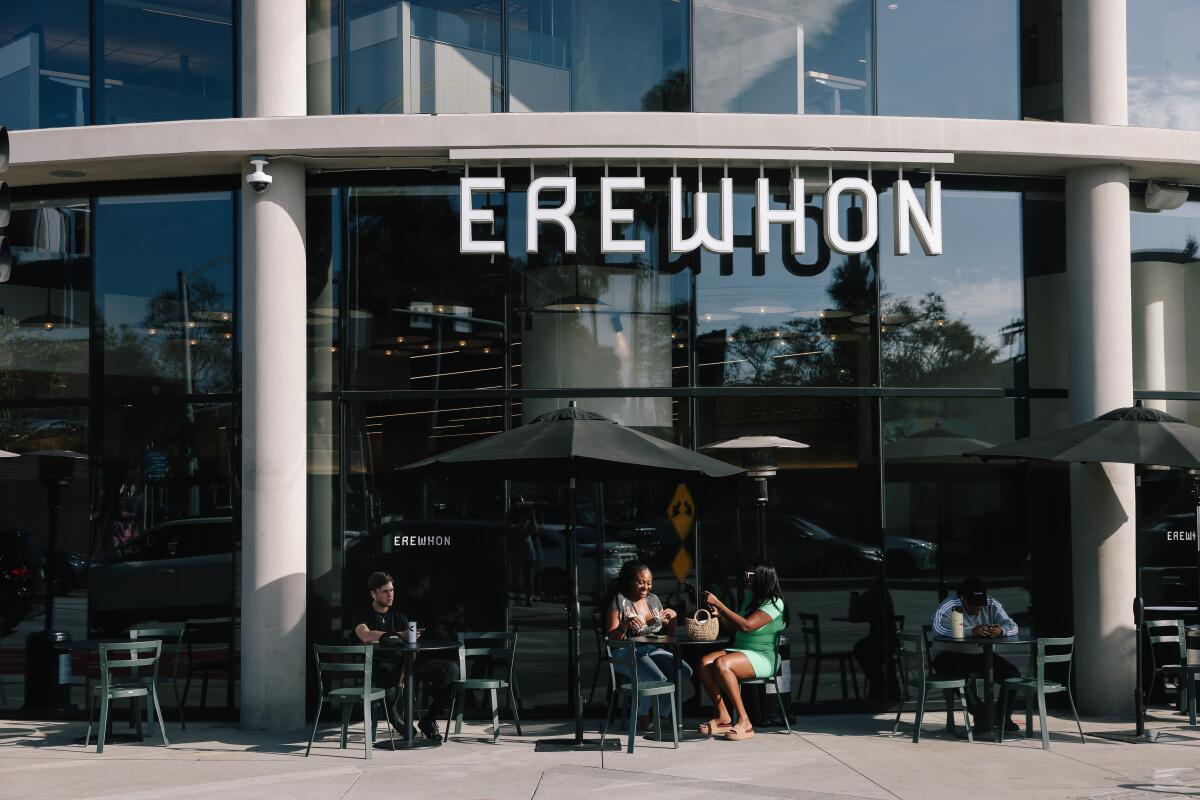
The exterior of Erewhon is seen in Culver City in 2024.
(Dania Maxwell / Los Angeles Times)
By mastering the intersection of curated wellness and celebrity cachet, the brand has turned everyday shopping into a kind of luxury theater.
For many first-time visitors, going to the store is driven by seeing the phenomenon for themselves. That was the appeal for Chloe Forero, an influencer from Chicago, who visited L.A. in May. “It was very much a Whole Foods on steroids,” she says. “It just seemed more like a social experiment than a place people shop day to day.”
Forero, 22, walked away with a sushi roll, two juices and a cookie totaling $65. “The cookie was great,” she admits. “But I ate that sushi thinking maybe this will change my life. Perhaps this sushi will be so good it’ll be worth the price tag that comes with it. It was not.”
Some longtime Erewhon shoppers — yes, some of whom are influencers themselves — grumble on social media about the Erewhon tourists. Meredith Lynch, a Los Angeles native, writer and influencer who frequently dissects influencer culture online, says the Beverly Hills location, in particular, has become a stage. “So much about L.A., for better or worse, is about being seen,” she says. “Erewhon is a place where people go, and they get seen.”

Inside the Culver City Erewhon in 2024.
(Dania Maxwell / Los Angeles Times)
The performative aspect resonates with young out-of-towners. Kiara Dewrance, a chef from Cape Town, South Africa, had hoped to try the Bieber smoothie when she visited L.A. last September. But after seeing the price ($20), she opted for two less expensive drinks and still walked away thrilled.
“It kind of feels like when you’re watching a movie. It kind of felt like a movie moment seeing it in real life,” says Dewrance, 27.
Gibson Ardoline, a 19-year-old influencer and business administration major at the University of Florida, spent $91 on lunch when he first toured L.A. last November, which included sushi, juice and one of the store’s hot bar meals. He offset the costs by filming two TikTok reels chronicling his experience, which received more than 1 million views combined and earned him more than what he spent at Erewhon thanks to payments from TikTok as part of the platform’s Creator Rewards Program.
“It was worth going one time, just to have the laugh and say I spent $90 on lunch,” he says, although he wouldn’t disclose how much he made. “It might not be a laugh for everybody, but to me, it was profitable.”
Not everyone leaves ambivalent. Patrick Oatman, a model and economics major at the University of Connecticut, was genuinely impressed when he dropped by Erewhon last June.
“It seemed to be miles away from a regular grocery store, so it was entertaining in that perspective. It felt like this out-of-reach L.A. thing,” says Oatman, 21.
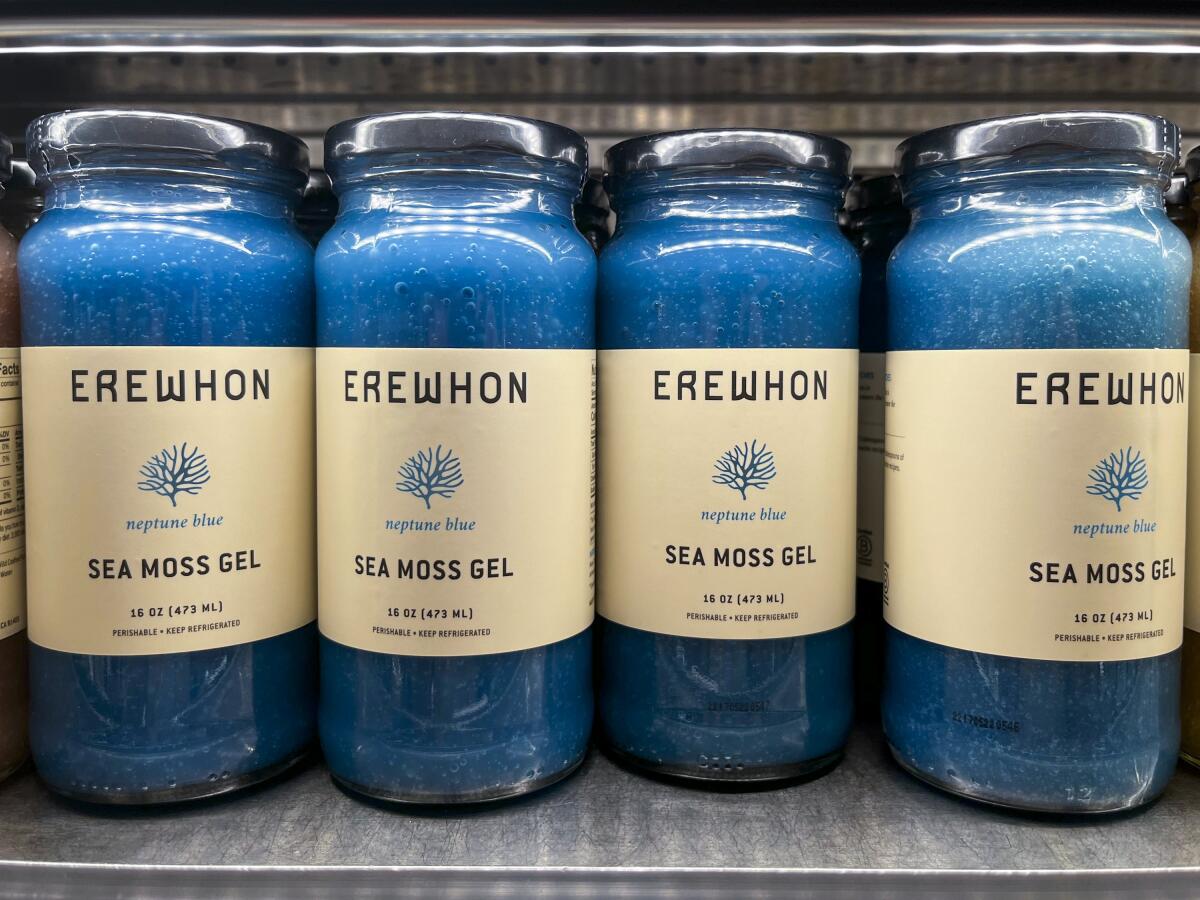
Erewhon carries several branded wellness products, like this Neptune Blue Sea Moss gel.
(Juno Carmel / Los Angeles Times)
For Rath, who hopes to move to L.A. and practice entertainment law one day, his $100 tab was less a trip expense than a rite of passage.
“This couldn’t be my weekly place for groceries, but If I had a job in L.A., maybe I would go, although it would have to be like once every two weeks,” he explains.
When asked to rank Erewhon among the other iconic spots he visited, he didn’t skip a beat.
“Honestly?” he says. “In-N-Out was fine, but I preferred Erewhon.”


